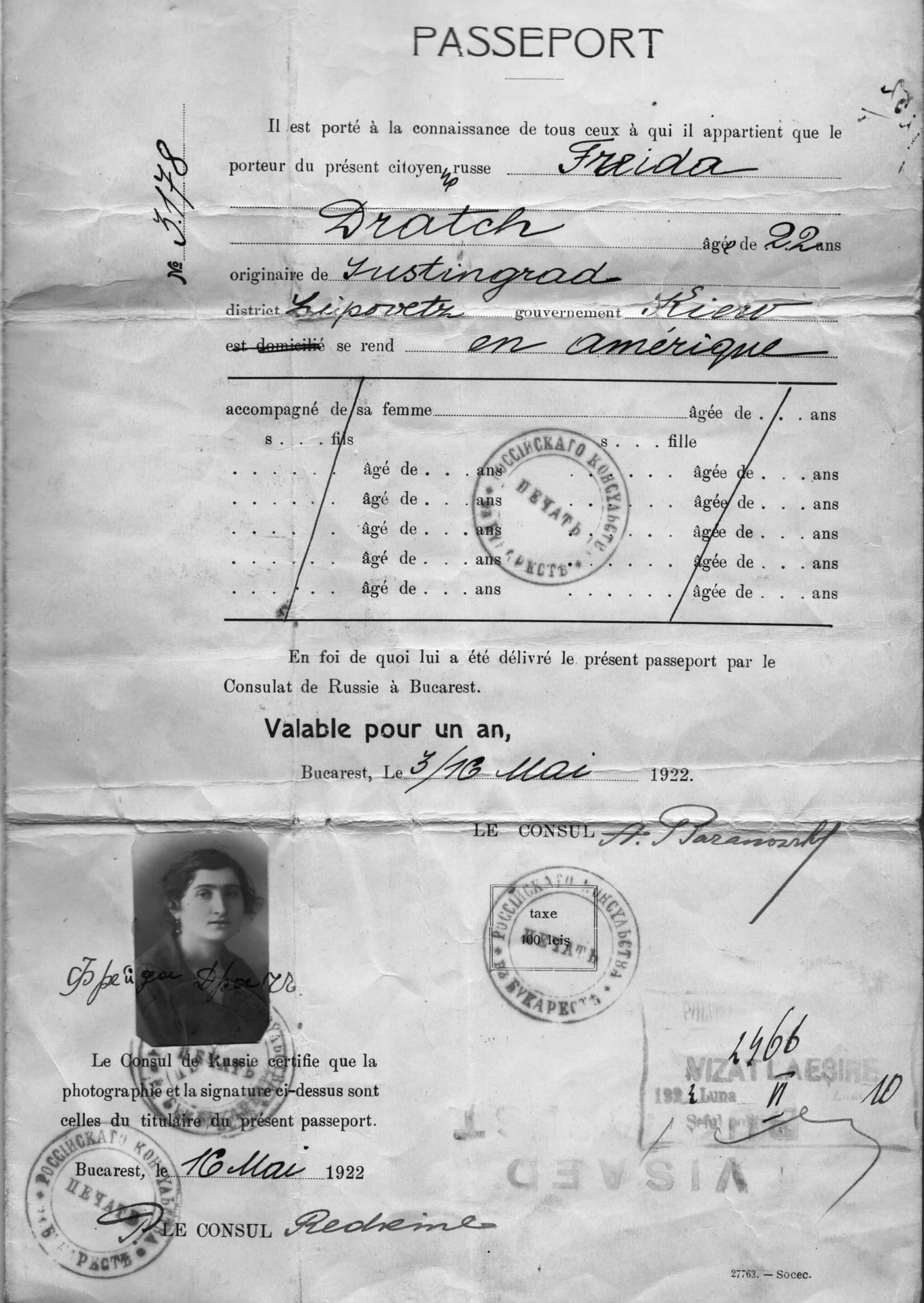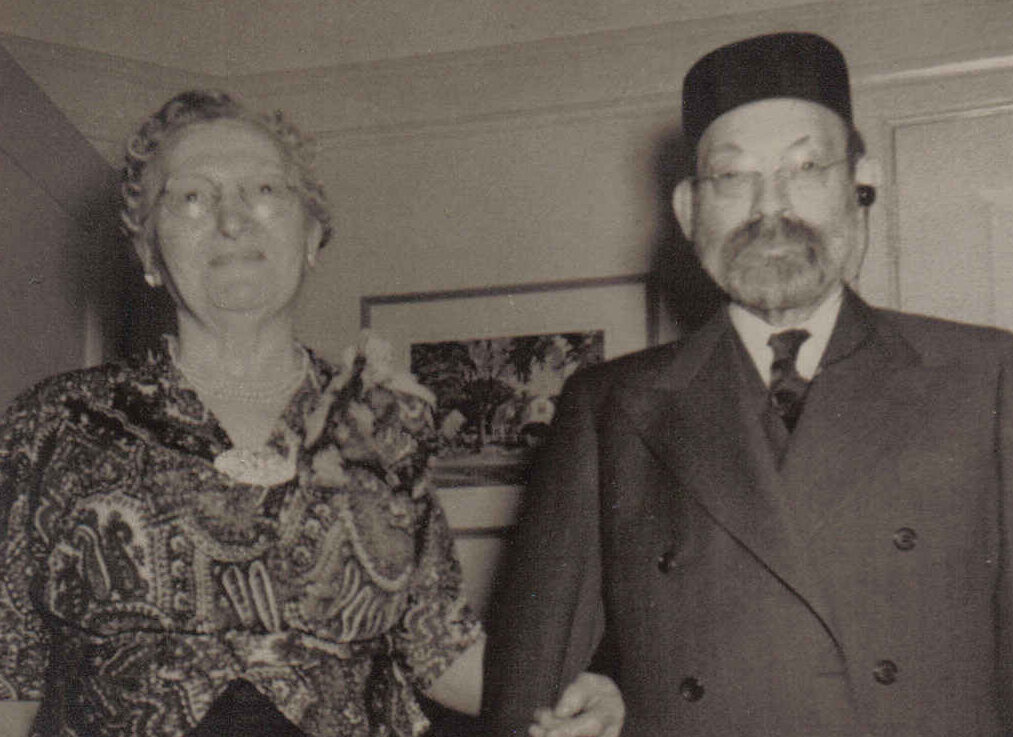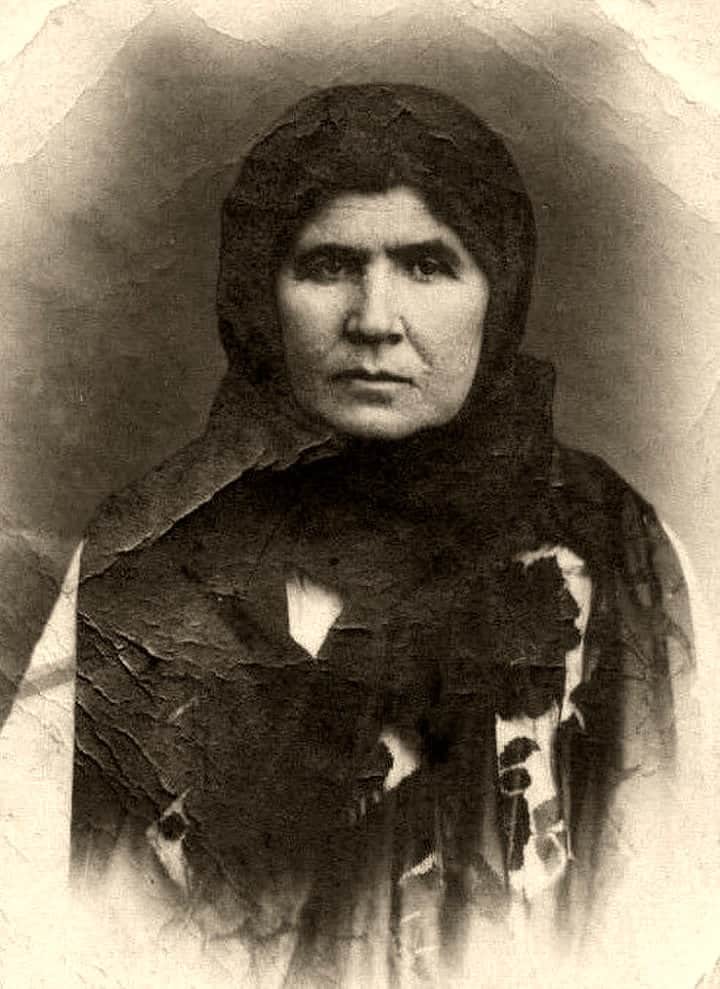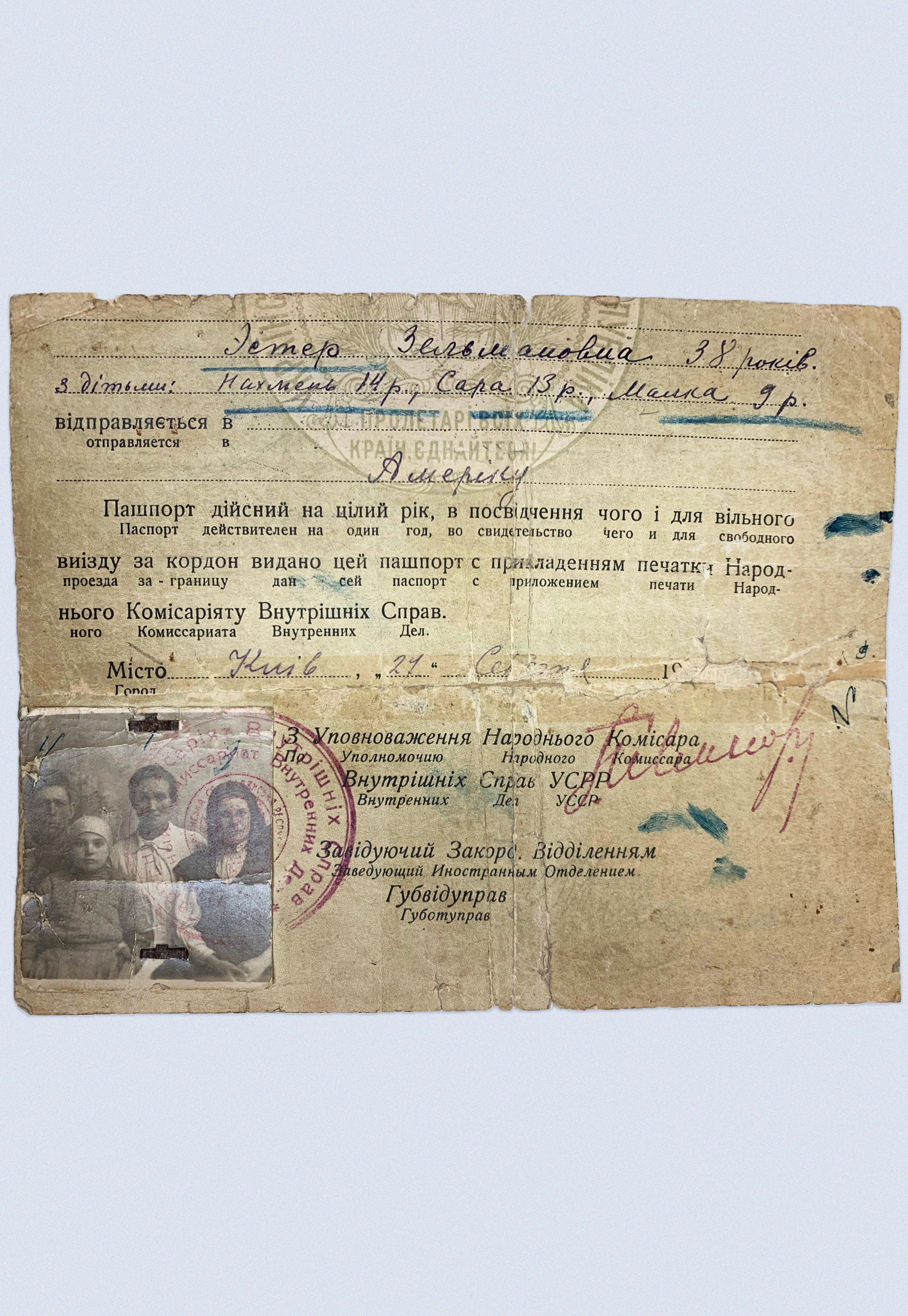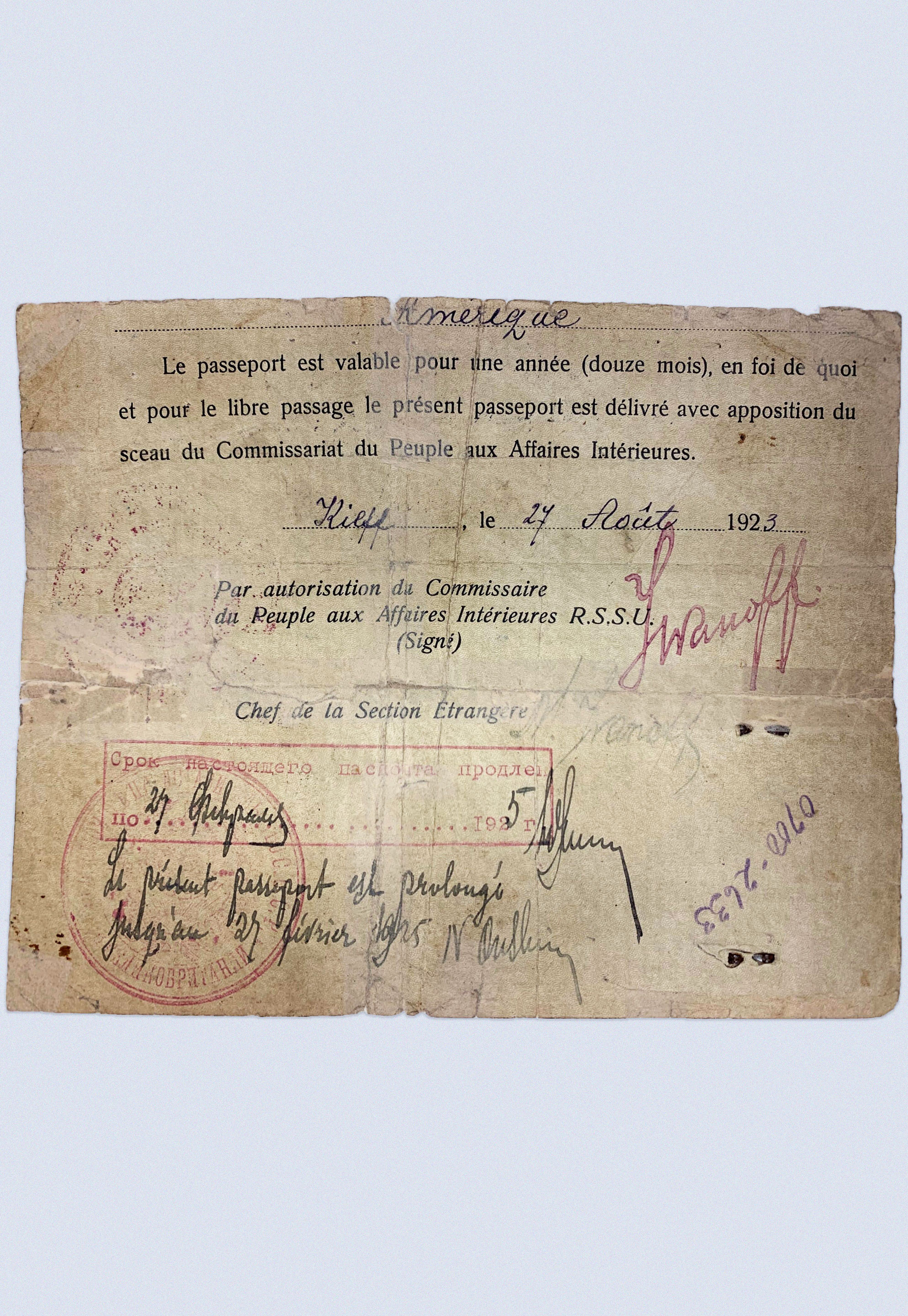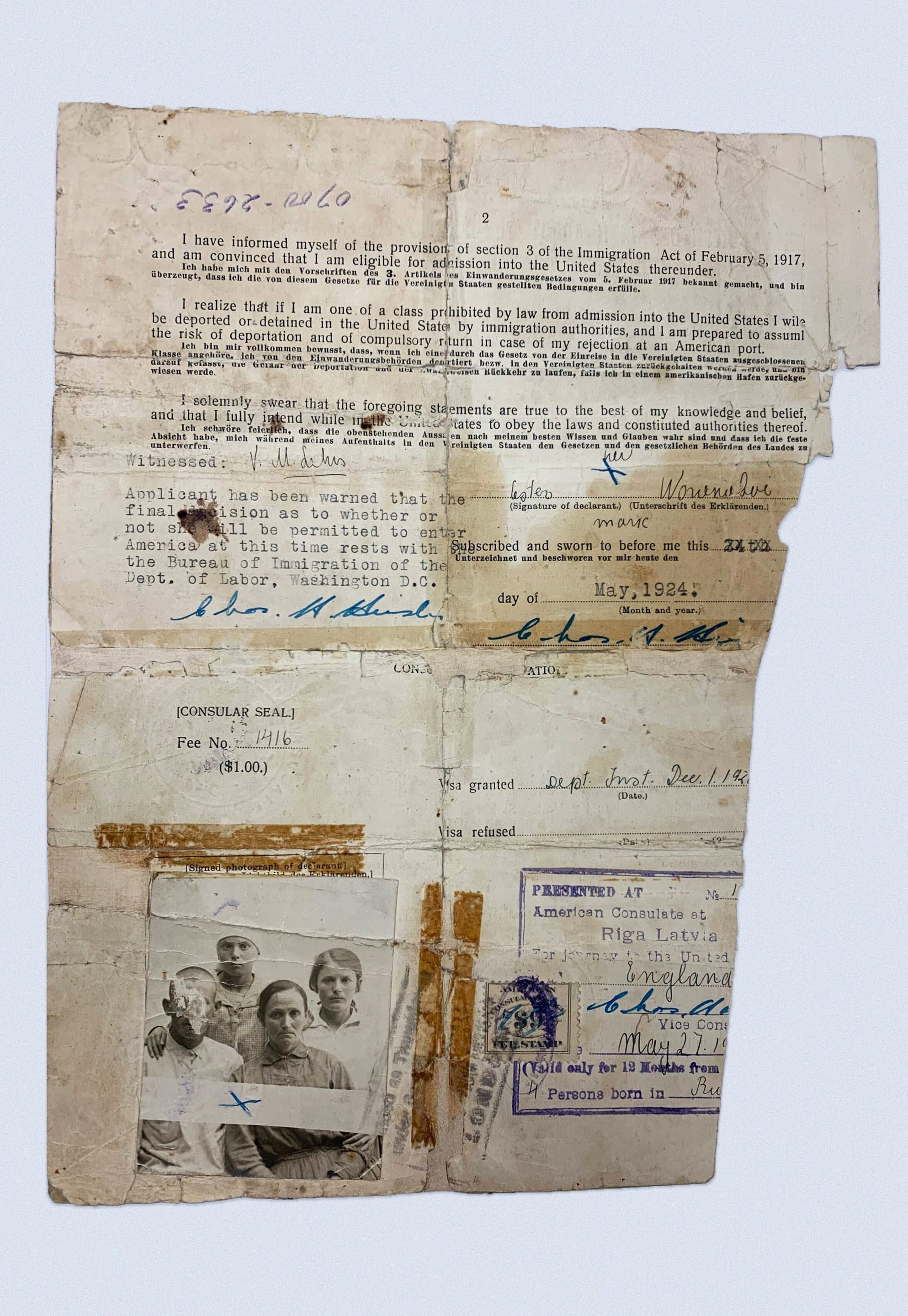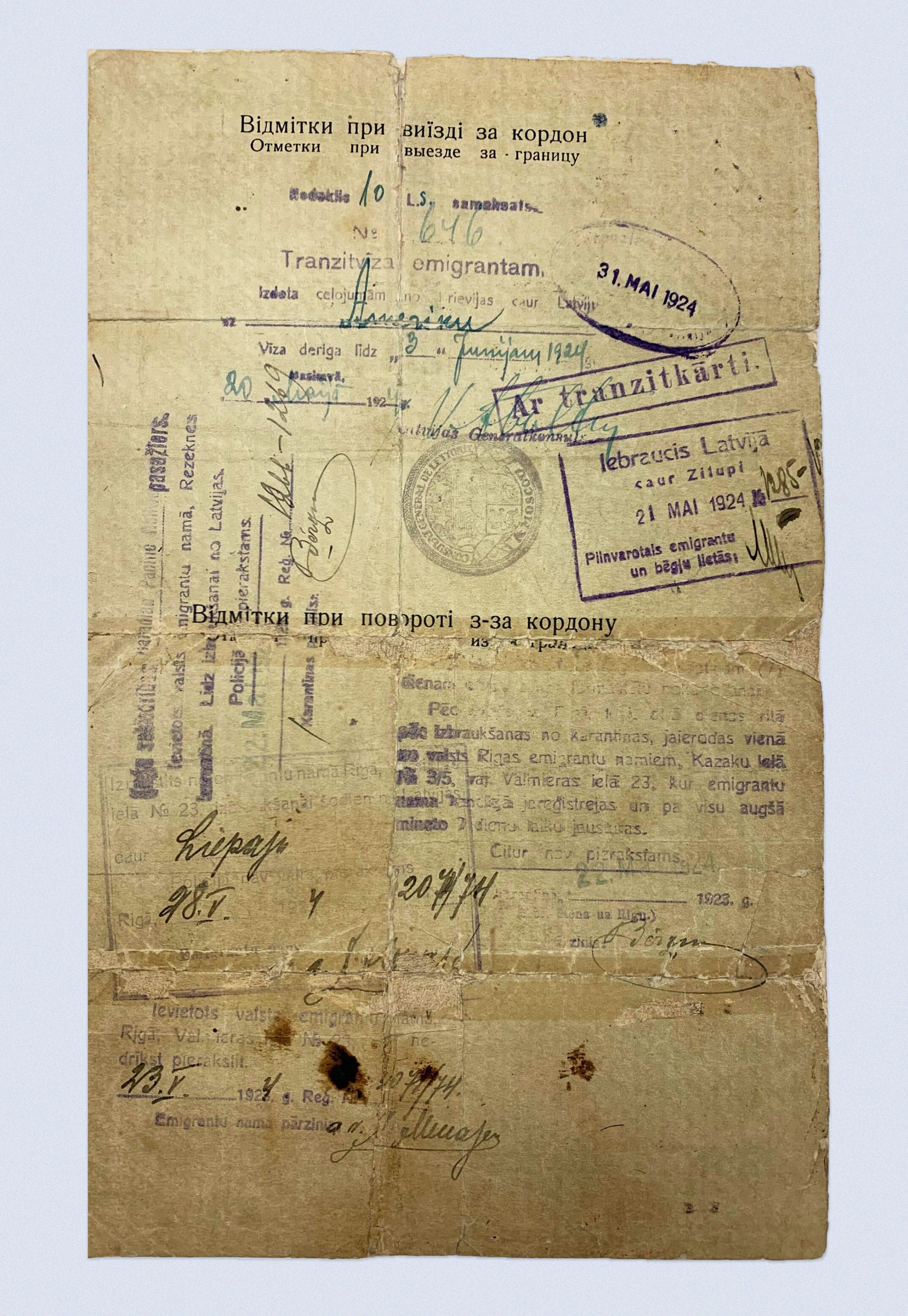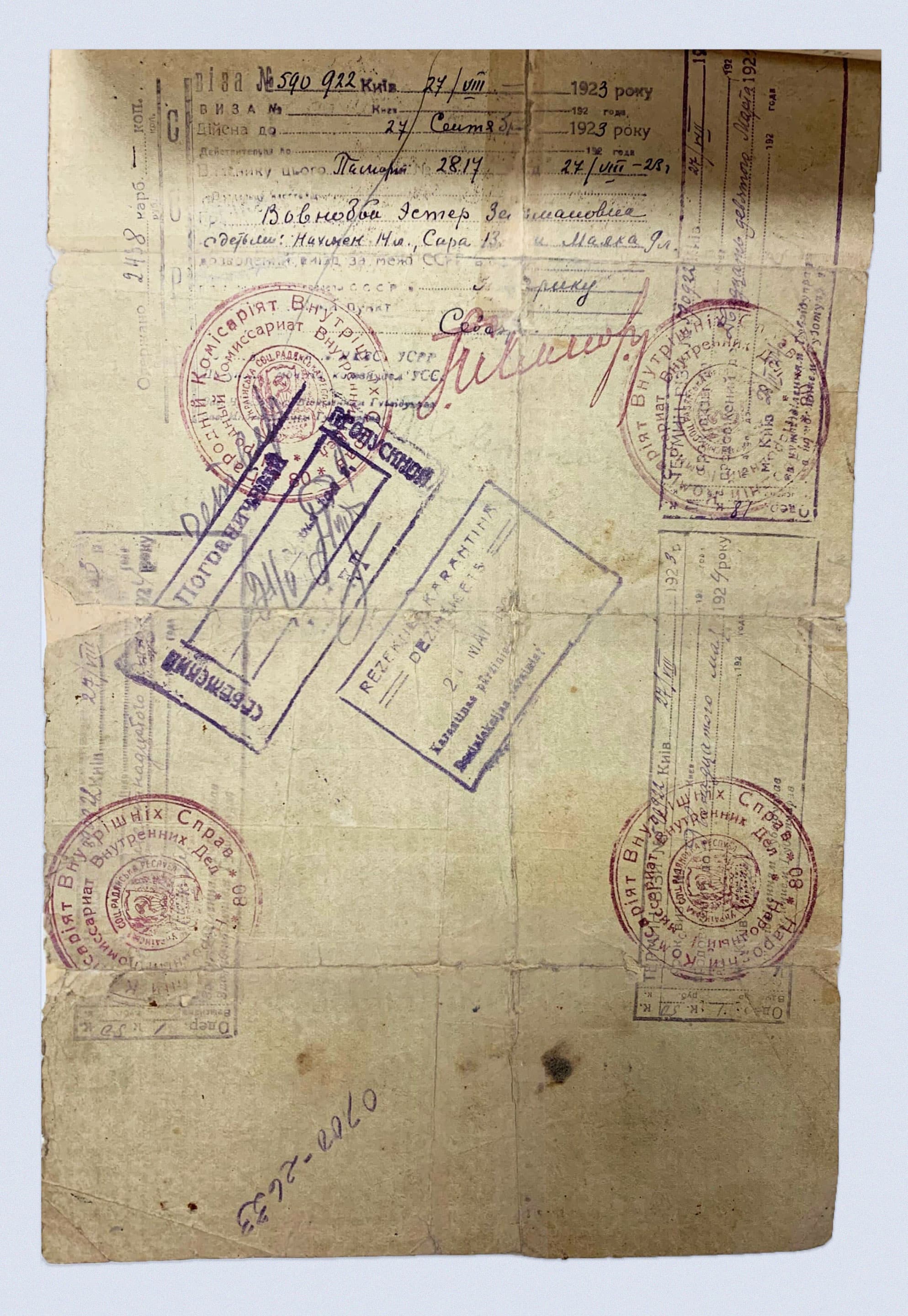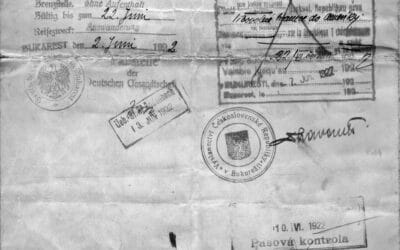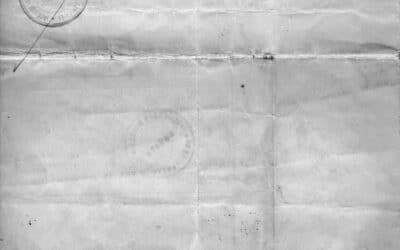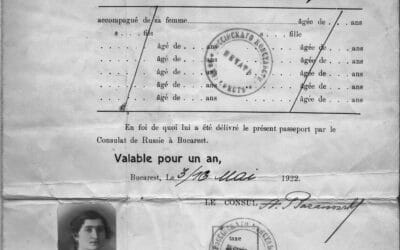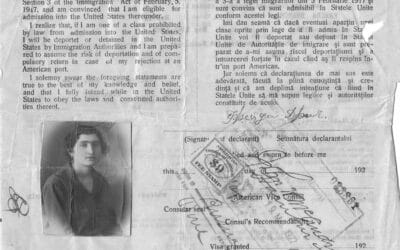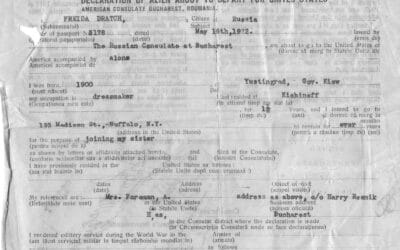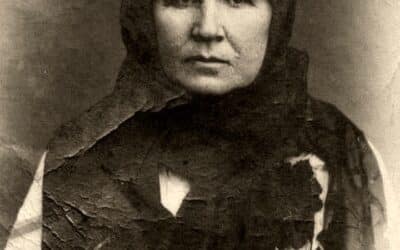Sokolivka: Once Home
Flight and Emigration
Overview
Emigration from Sokolivka happened in multiple waves over two decades before and after WWI and the Russian Revolution that instituted the new Union of Soviet Socialist Republics (USSR).
The earliest settlers from Sokolivka came to Buffalo at the turn of the twentieth century from 1900 through 1914. At that stage their travel was more direct from Eastern Europe to America. The Sokolivkers that came in this earlier wave began the three Sokolivker community organizations: Anshe Sokolivka, later known as the Spring Street shul, Holy Order of the Living, a cemetery on Pine Ridge in Cheektowaga and the Ustingrader Unterstitzung Verein (UUV). Shmuel Abba Cohen and Abraham Criden were part of the early settler group and came at the turn of the century, encouraging their relatives and friends to join them in Buffalo. It is estimated that between 1900 to 1924 almost sixty per cent of Jews from Sokolivka-Justingrad came to Buffalo, and while not all stayed permanently, it formed the largest community of Sokolivkers in the US. After WWI, routes were far more circuitous and emigration routes often involved multiple stops. Some of these stories are highlighted below. We are seeking more and you can send these to the JBHC by contacting the coordinator here.
Morris Carrel and Edith Berkwitt Carrel
The journey of Morris Carrel (Karolik) to the US is still a mystery and documentation of his entry, and journey itself remains unclear despite extensive family research. What is certain is that his emigration around 1901 to the America from Justingrad allowed for a transfer of much of his direct and extended family line in a highly successful example of “chain” migration. Many of today’s Carrel’s in Buffalo can trace their roots back to Morris and his wife, Edith, known as “Idel Corulik” on some documents. She arrived in NY in 1904 to join her husband (with her children including a son born at sea) in Buffalo, at 245 Adams Street in Buffalo. Later they moved to William Street, then the heart of the Jewish East Side, but they did not stay there and later moved to Spring Street and other homes too. Morris started as a junk rag collector, and become a custom clothing peddler. He eventually worked as a self-employed merchant. He is buried at Holy Order of the Living as is Edith. Once settled, Morris set about bringing over his parents Jossel “Joseph” Karolik “Carrel” and Elja “Essie” Berman as well as his siblings including Toby Carrel (Cohen), Yitzchak “Isaac” “Itzy” Karolik “Carrel”, Yisrael “Israel” Karolik “Carrel”, Schmiele “Louis” Karolik “Carrel”, Faige “Fanny” Karolik “Carrel” (Obstein), and Scheina “Sadie” Karolik “Carrel”, later Bronsky. They each brought their own children or established families in Buffalo. Like many of the Sokolifkers who came in the pre-WWI period, the Carrels were involved in the founding of Sokolivker organizations and their descendants supported or built other Jewish organizations in Greater Buffalo and continue to do so today.
Chaika and Peretz Shuman
Chaika (Ida, Hebrew name: Chana Chaye) was born in 1888 and Peretz was born in 1891. They married in 1912 and had a daughter Feiga Rivka in 1915 (Fannie then Fay). After Chaika’s brothers, Baruch, Yitzhak, and twins, Meir and Yiddel and her father were killed in pogroms, the Shumans left Sokolivka to live in the city of Uman 20 miles south of Sokolivka. Then as a route to America, they traveled to Kishinev. After a few months in Kishinev they moved to Bucharest, and Chaika’s skills as a wig maker proved invaluable in supporting the family, alongside Peretz’s work as a street vendor of baked goods from a bakery. They remained in Romania for three years, in part because of health issues. In 1923, the journey to America came to fruition as made their way to Germany. Once in Hamburg they boarded a ship and arrived in New York City. For the first two weeks they lived in Philadelphia, with extended Aliotz relatives, and then headed to Buffalo to join Slutsky cousins who lived on the East Side. Peretz found work as in the junk trade like many landsleit with the help of family and a small loan from the Hebrew Benevolent Loan Association.
Morris, Clara and Tillie Gichtin with Anna Kupchinetsky
Husband and wife Morris and Clara Gichten and daughter Tillie Gichtin along with Anna Kupchinetsky, Clara’s mother, came to America via Canada, another route used by Sokolifkers who settled in Buffalo. Morris and Clara married in 1917. Clara was just 16, while Morris was almost a decade older, at 24. They hung on in Sokolivka after the pogroms, but left in 1920 as intermittent violence brought fear and the real threat of violence on a near constant basis in the wake of the Soviet Revolution. Crossing into Romania, while Clara was pregnant, they staying in Kishinev until she gave birth to Tillie on October 4, 1921. A few months later they began their journey out of Romania. Six months of following railroad tracks, across countries and international boundaries, they finally made it to Holland to get a ship to Montreal in the hope of joining Morris’s relatives in Canada. Each moment was fraught with danger as they crossed boarders illegally, in constant fear of discovery. They made it to Canada, and then moved to Buffalo to Kupchinetsky relatives (Clara’s mother). In a sign of Americanization, the Kupchinetsky’s had become Coopers. More of their story is available here written by their grandson, Will Astor.
Max Schechtman, father of Sol Mahr.
Fraught border crossings were the experience of others too as Sol Mahr recounts his father’s story.
“The story of [my] father Max Schechtman… …it is like a story out of a fairytale. ….Tante Frimma with two of her children Mollie and Louis and my father Max …. paid to have someone help them cross the border… But the start of this journey was full of danger and exhausting because they had to go and travel by night and they had to run through a tremendous forest with the two children and all their bundles and peckelach [small bags] and even though they were young and strong, it was exhausting. Especially when the guide frightened Tante Frimma and everyone else and warned her that if her children so much as cried or made a whimper he would have to kill them to protect the others. … Finally just before dawn they approached a little stream, which was the borderline between Russia and the rest of Europe. There were two guards there and at first they were worried sick that the guards would spot them and shoot them but apparently the guards were bribed and they turned their backs…. From there they proceeded all the way to Antwerp, Belgium and arrived there Saturday about noon just in time to find out that the boat had left. So, it meant staying another week until the next boat came without money, without food. But leaving it to the good old family spirit they managed to eat, survive, they got money and finally got on the boat…. they finally wound up in America where they got off the ship in Kassel [Castle] Garden.“
— Sol Mahr, Oral History, p.7. Courtesy of Stuart Bogom.
Journey of the Wowneboj family
The Wowneboj family followed a circuitous route to get to Buffalo, NY. After leaving Sokolivka, and many months in Romania. They entered Buffalo, from Black Rock, having come through Canada. Multiple variants of their family name are used in their travel documents on the various legal jurisdictions and documents through which they traveled to the United States. In Buffalo, they changed their name to Winer. Courtesy of Marsha Dautch.
Freida Dratch’s Journey
Freida Dratch followed a circuitous route to Buffalo, but like many of her landsleit who emigrated in the 1920s, temporary residences in Romania proved necessary before an exit visa could be obtained. Freida was born in 1900 in Yustingrad. Her father was a shochet and her mother a homemaker, but Freida worked as a dressmaker in Sokolivka until the war and pogroms, meant leaving Sokolivka was the best option. In 1919 she arrived in Kishineff. Once in Romania, she spent the next eighteen months getting the documentation required to travel to her sister in Buffalo, NY. She traveled through multiple transit points in Czechoslovakia, Germany and France until she could board the ship that brought her to the US. Once in Buffalo, she lived with her sister at 193, Madison Street on the East Side, and then met another landsmann from Sokolivka, Max Pozarny. Max had worked for her father and grandfather in Sokolivka in the butcher business, but left Sokolivka earlier, settling in 1910. Max and Freida married and settled down in Buffalo in a home on Munroe Street. Max worked as a peddler, then in scrap in the junk yards, while Freida continued to work as a seamstress until they started a family. Her travel documents are included in the gallery of photographs below.
What factors affected emigration to the US?”
The emigration of Sokolivkers to Buffalo occurred over a period of more than twenty-five years from the 1900s to the mid 1920s. Fleeing poverty as well as antisemitism, both “popular” and state initiated, many families made their way to Buffalo, NY. Each relied on previous family members to establish themselves in Buffalo. Almost all settled in the East Side on roads near the synagogues in an expanded interlinked network as part of “chain migration.” Uncles, aunts and cousins already settled in Buffalo provided an address, sometimes a job in a family enterprise often the junk business. A special category of immigrants from the 1900s-1910s were unaccompanied male teenagers and young men. They left to escape enforced army service. Once established, they, like other immigrant families sent money back to their relatives in Sokolivka. Some even returned to Sokolivka to help with emigration once they had American citizenship.
Emigration from Sokolivka was affected by local conditions, wars, regime change and legal rulings. World War 1 found a number of families unable to complete their intended journeys to the US with long stays in England and Canada, where some settled permanently. Revolution in Russia, and the birth of the Soviet Union further complicated emigration plans. The scramble to get out of Eastern Europe intensified and families found themselves in Romania and surrounding countries for an extended period, sometimes several years. The Immigration Act of 1924 (The Johnson-Reed Act) effectively ended mass migration into the United States for decades until new legislation was passed in the 1950s.
Gallery
Freida Dratch (later Pozarny) Passport Side B 1922. Courtesy of Rolene Pozarny.
Dratch Pozarny Passport Side B 1922
Freida Dratch (later Pozarny) Passport Side C 1922. Courtesy of Rolene Pozarny.
Dratch Pozarny Passport Side C 1922
Freida Dratch (later Pozarny) Passport Side B 1922. Courtesy of Rolene Pozarny.
Dratch Pozarny Passport Side A 1922
Freida Dratch (later Pozarny). Declaration on Alien form, part 2 1922. Courtesy of Rolene Pozarny.
Dratch Pozarny Declaration Alien Part 2 1922
Freida Dratch (later Pozarny). Declaration on Alien form. Part 1, 1922. Courtesy of Rolene Pozarny.
Dratch Pozarny Declaration Alien Part 1 1922
Anna Kupchinetski, mother of Clara Gichtin, passport photograph, 1921.

